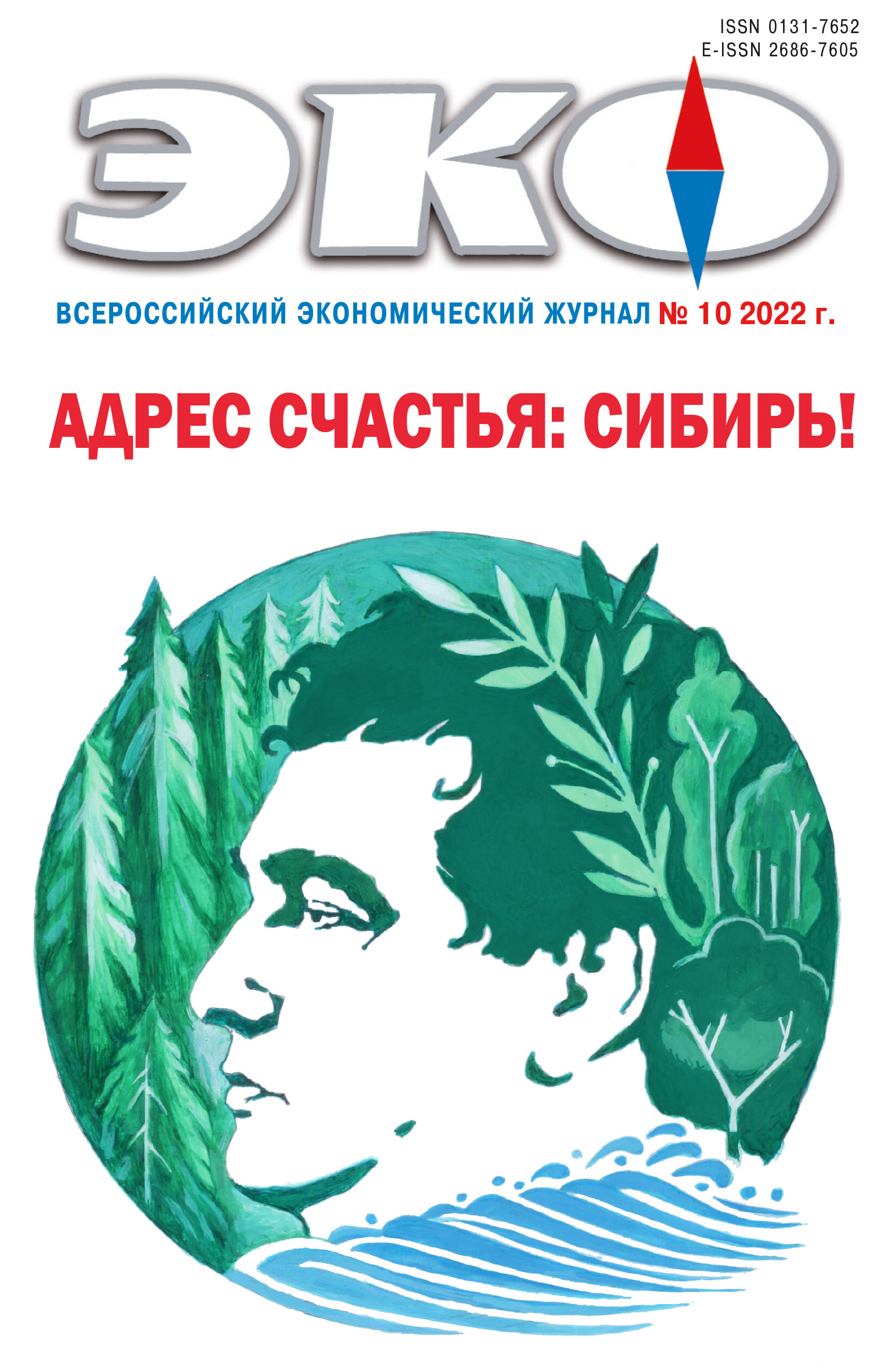Аннотация
Хозяйственная деятельность имеет множество метрик и характеристик, роль и значение которых меняются во времени и пространстве. Одной из них с недавних пор стала цветовая метрика. На начальном этапе развития хозяйственной деятельности она была, скорее всего, бесцветной или нейтральной, что означало наличие определенного равновесия цветов. Здесь можно привести аналогию с обычным прозрачным (белым) цветом, который является комбинацией множества цветов, взаимно уравновешивающих друг друга. C развитием индустриализации в палитре хозяйственной деятельности все больше стали доминировать темные оттенки. Главным образом – черный и коричневый, напрямую ассоциируемые с выбросами загрязняющих веществ в атмосферу, водные бассейны и на ландшафт.
На первых порах осознание опасности этих изменений (прежде всего, с точки зрения нанесения вреда здоровью человека) привело не столько к выработке и попыткам реализации кардинальных и глобальных по своим последствиям шагов и мер по их нейтрализации, сколько к интенсивному перемещению «почерневших» и «покоричневевших» видов деятельности на другие территории и в другие страны.
Со временем, по мере исчерпания балансирующей способности природной среды возникла необходимость формирования глобальной повестки борьбы с этими процессами. На этой волне возникли и стали развиваться разного рода подходы к формированию моделей устойчивого развития – как в экологическом, так и социально-экономическом контекстах.
Увы, первоначальные модельные, обобщенные соображения не позволили выйти на реалистичные практически значимые результаты – мир не стал более устойчивым. Это касается как экологии, так и социально-экономической динамики – по-прежнему имеет место и нарастает колоссальное неравенство стран и целых континентов, мир в целом поступательно и, более того, ускоренно смещается в сторону темного спектра цветовой палитры.
Именно по этой причине появились сначала Парижское соглашение, а затем и все последующие низкоуглеродные решения и инициативы.
Осознание опасности, которая грозит человеческой цивилизации и вследствие изменения климата, и по причине общего ухудшения природной среды под влиянием деструктивного антропогенного воздействия, было, пожалуй, наиболее простым этапом. Гораздо сложнее выработать и реализовать скоординированные и взаимоприемлемые меры как разными странами, так и различными участниками процесса «нормализации палитры». Для настоящего этапа характерны, с одной стороны, «незавершенность» процесса классификации «зеленых» видов деятельности (статья А. А. Балабина), с другой – сохраняющаяся (несмотря на всю остроту ситуации) ориентация на достижение прибыли от «зеленых проектов» со стороны транснациональных компаний и институциональных инвесторов (статья О. Н. Бучинской).
Нельзя не видеть, что «старый добрый подход» начального периода осознания «потемнения» цветовой палитры живуч и весьма устойчив. Его отличает стремление развитых индустриальных стран, реализующих собственные стратегии декарбонизации экономики, к перенесению части своего бремени на государства, находящиеся в неблагоприятных экологических условиях и имеющих гораздо менее значительный экономический потенциал для решения поставленных задач.
Можно ли преодолеть данный «синдром» временного и пространственного дисбаланса цветной палитры в экономике сегодня и в современных обществах?
Да, вполне. В основе успешности не только следование общим согласованным принципам, но также и гибкий учет особенностей различных стран и территорий. Последние могут быть обусловлены не только природными факторами и характеристиками, но как предысторией экономического развития, так и системой административно-территориального устройства той или иной страны. Примером взвешенного и сбалансированного подхода к анализу и самой палитры цвета, и мер по ее улучшению (в направлении усиления ее «голубизны») является развитие арктического рыболовства и аквакультуры (статья А. Циуваласа и А. Распотника). Важнейший фактор успеха системы, направленной на выравнивание цветового баланса, является ее тесная связь не только с экономикой и экологией, но также и с устойчивостью социальных сообществ на той или иной территории. Последняя предполагает обязательный учет культурных и исторических особенностей развития территории, а также научно обоснованный подход к управлению процессами достижения декларируемых целей.
Отметить данное обстоятельство именно в настоящем номере у журнала «ЭКО» есть особая причина – юбилей основателя журнала и одного из основоположников научного системного подхода управления социально-экономическими процессами в нашей стране и в Сибири – академика Абела Гезевича Аганбегяна. Значительный период научной и практической деятельности Абела Гезевича связан с Сибирью, Сибирским отделением Академии наук, Институтом экономики и организации промышленного производства СО РАН и основанным им журналом «ЭКО».
Один из важнейших принципов, которому всегда следовал и продолжает следовать Абел Гезевич, – создание научно обоснованных систем управления невозможно вне погружения в реальную экономическую действительность. Толчком к закреплению этого очевидного, казалось бы, подхода к решению управленческих задач послужил случай из его опыта работы в «Госкомтруде» в 1950-е годы: один ведущих специалистов, возражавших против повышения тарифных ставок шахтерам, после того, как ему самому довелось спуститься в шахту и увидеть, что из себя представляет работа в забое, немедленно пересмотрел свою позицию.
В дальнейшем непременное погружение в действительность наряду с использованием современного экономико-математического инструментария стало одним из краеугольных камней системного подхода к решению самых разных задач социально-экономического развития страны и, прежде всего, Сибири.
Абелу Гезевичу довелось неоднократно бывать на всех важнейших объектах, создававшихся на этой обширной территории на протяжении более чем полувека. Вопросы устойчивого социально-экономического развития и Сибири, и ее отдельных регионов постоянно поднимались и отстаивались и им самим, и его единомышленниками. Несмотря на сложности, проистекавшие от непонимания, а порой – и откровенного неприятия своих идей и подходов, направленных на формирование основы устойчивого социально-экономического развития страны и ее восточных регионов, тот период работы иначе, как «Адрес счастья: Сибирь!», Абел Гезевич не определяет. В основу легла надпись, увиденная им на одном из домов в Дивногорске, городе строителей Красноярской ГЭС.
Спасибо Вам, уважаемый Абел Гезевич, за последовательность в отстаивании и продвижении в жизнь принципов создания и поддержания сбалансированной, социально-ориентированной цветовой палитры отечественной экономики. Вами и Вашими коллегами основы разработаны – дело за конкретным и практическим воплощением. Как и с какой успешностью? – «Нелегко, читай “ЭКО”!»

